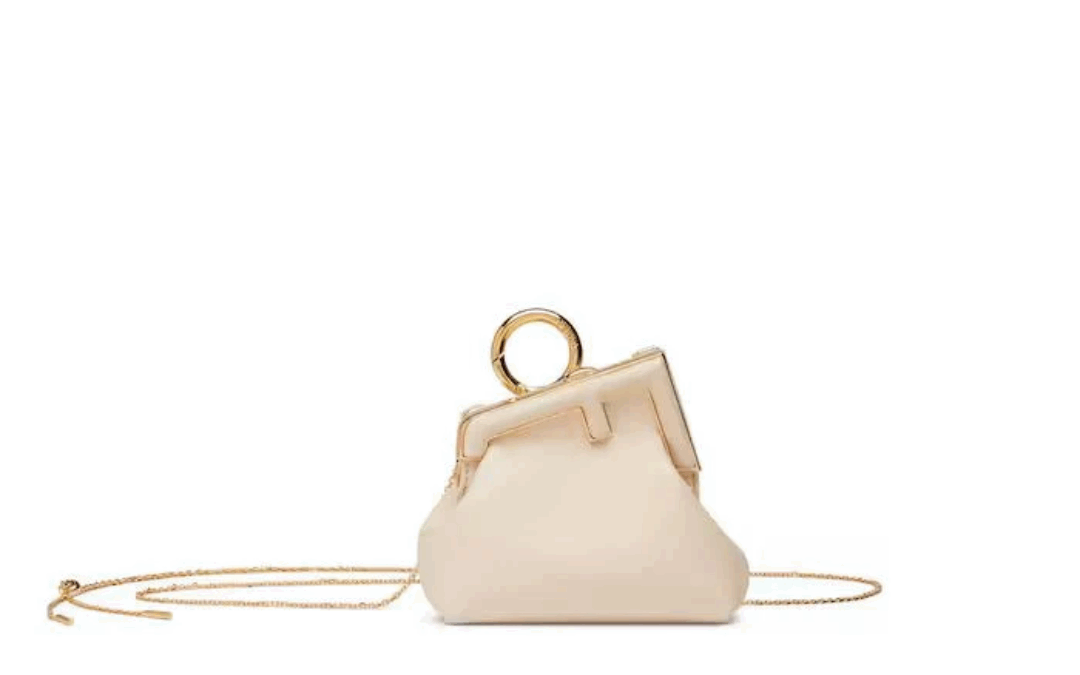
by Thea Elle | Apr 29, 2025 | Luxury Industrial Complex
Style Companion White Luxe, No Guilt: Bags That Radiate Rich Energy Without the Rich Price Tag by Thea Elle | April 29, 2025 | Style Guide Let’s not pretend—white is not for the timid. It’s for the fearless. For the ones who don’t let potential spills or dusty...
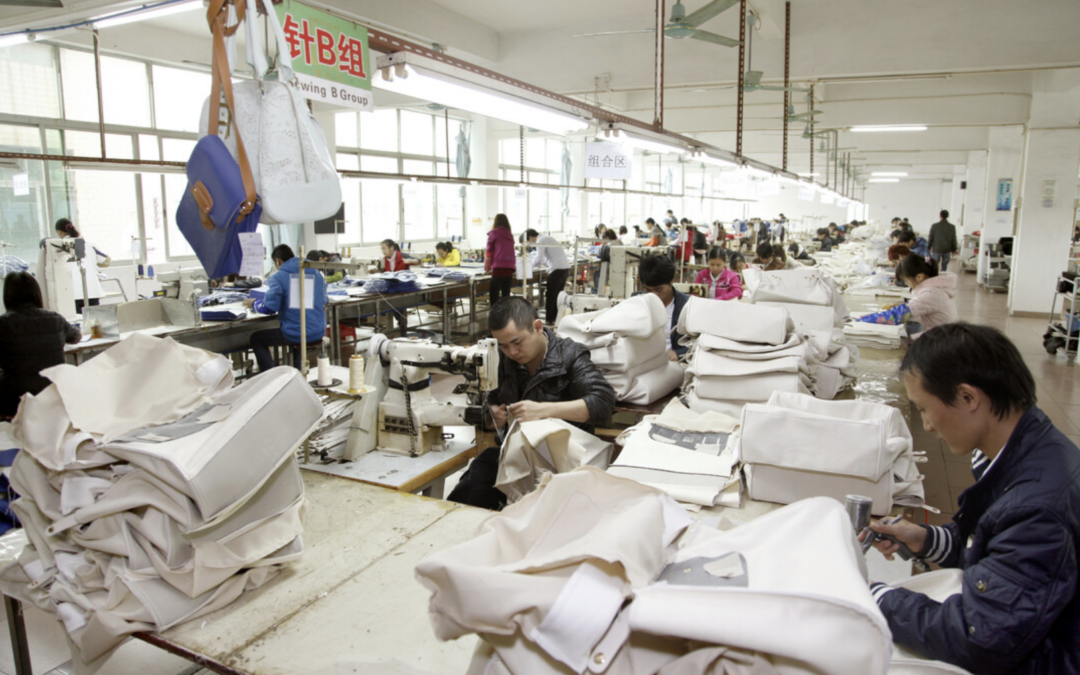
by Thea Elle | Apr 23, 2025 | Luxury Industrial Complex
Style Companion The Replica Revolution: How China Quietly Leveled the Luxury Bag Game by Thea Elle | April 23, 2025 | Luxury Industrial Complex Luxury used to be a world of closed doors and whispered invitations. You didn’t just walk into a boutique and buy a HERMÈS...
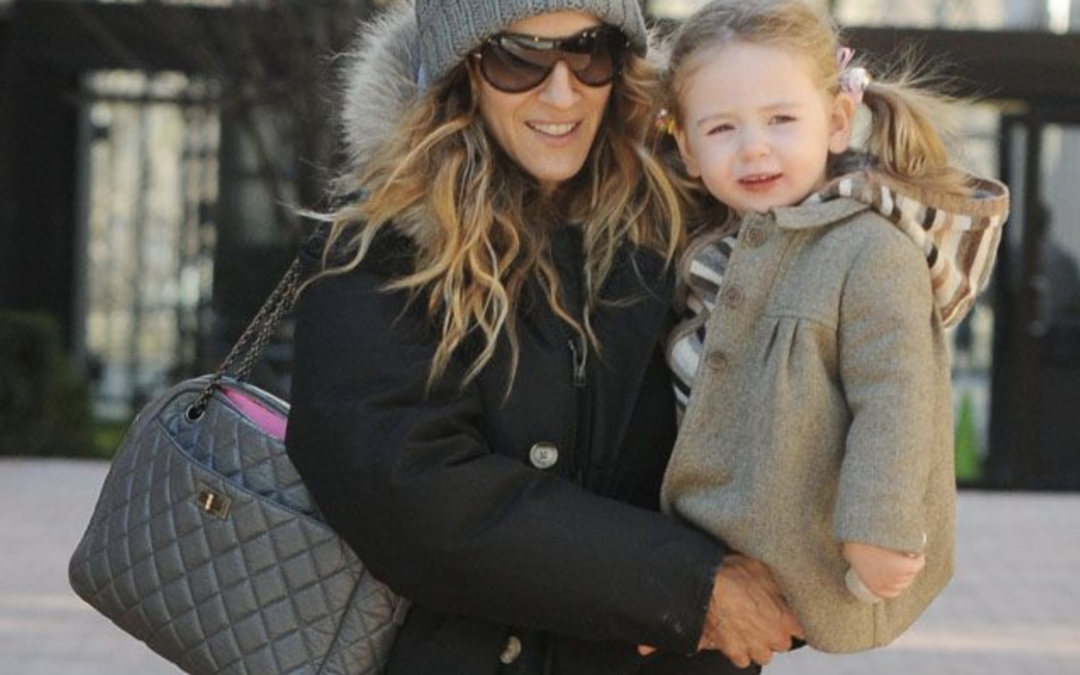
by Thea Elle | Apr 22, 2025 | Luxury Industrial Complex
Style Companion Mother’s Day 2025: Chic Handbag Gifts That Speak Her Style by Thea Elle | April 22, 2025 | Style Guide As Mother’s Day 2025 draws near, the search for a meaningful and stylish gift begins. While flowers and jewelry are always appreciated, this year,...
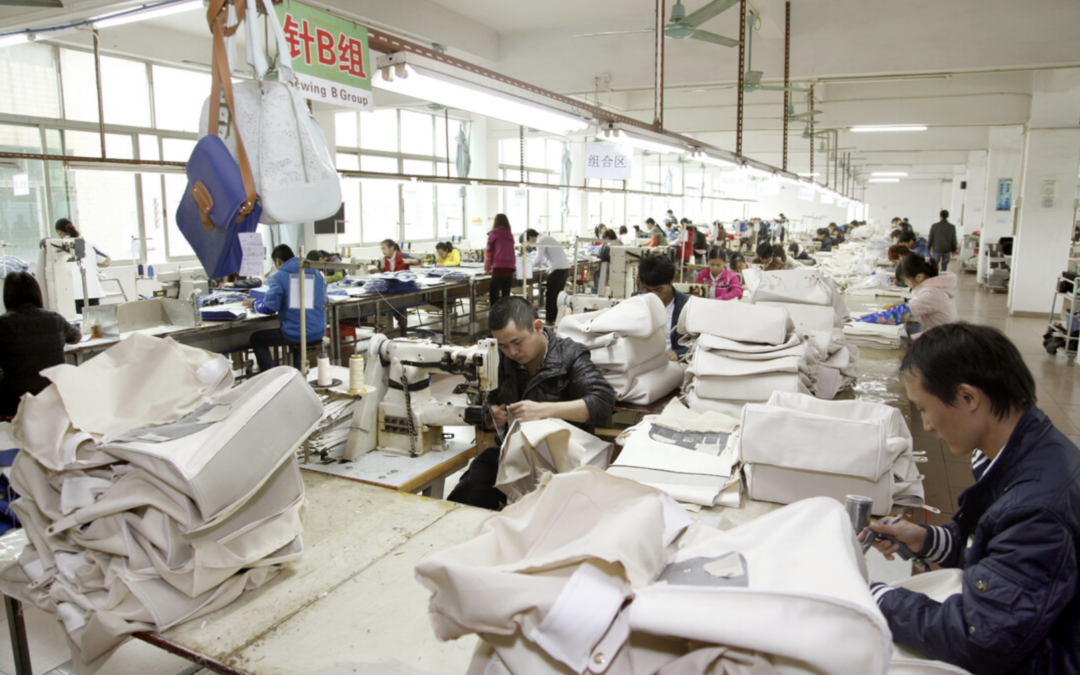
by Thea Elle | Apr 20, 2025 | Luxury Industrial Complex
Style Companion China Leaked the Receipts: Your $5,000 Bag Was Made Next to My $80 Dupe by Thea Elle | April 20, 2025 | Style Guide Luxury fashion has always been about selling a dream: exclusivity, prestige, status—and something about Italian leather touched by the...

by Thea Elle | Apr 16, 2025 | Luxury Industrial Complex
Style Companion Coachella 2025: Sand, Sweat & Slay—But Where Were the Bags? by Thea Elle | April 16, 2025 | Style Guide Coachella used to be about the music. Allegedly. Fast forward to 2025, and the annual dust-storm-turned-desert-runway has fully evolved into a...
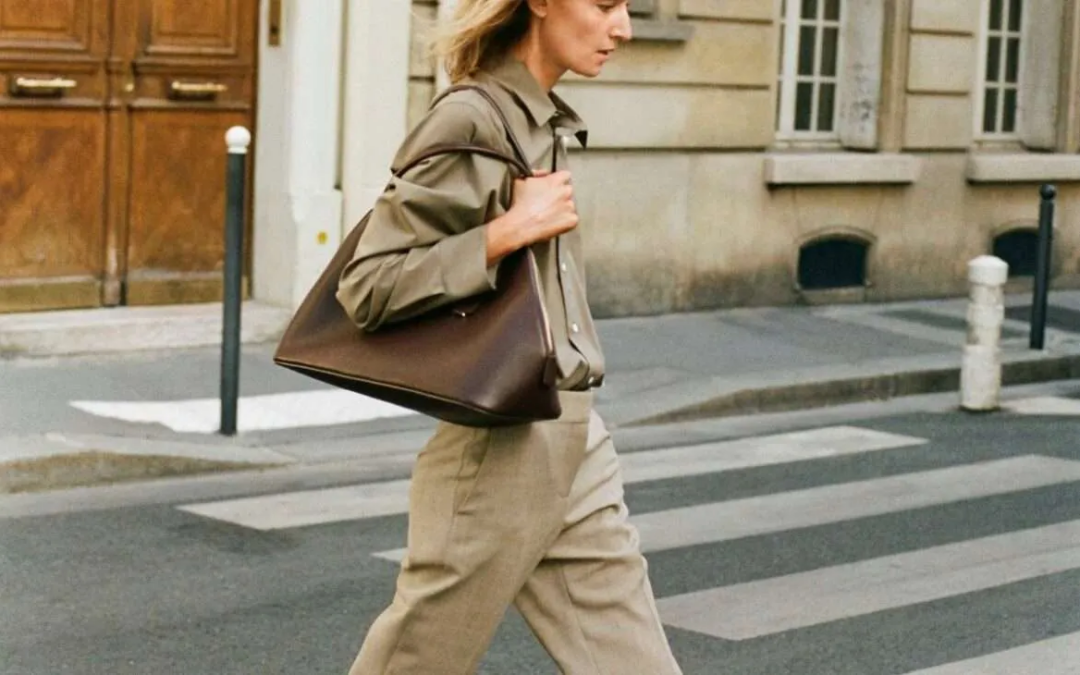
by Thea Elle | Apr 12, 2025 | Luxury Industrial Complex
Style Companion Beans, Bags & Balenciaga: Inflation Is a Joke (But the Punchline Is Couture) by Thea Elle | April 12, 2025 | Style Guide Remember when splurging meant ordering a large milk tea and adding pearls? These days, you scroll past someone’s HERMÈS haul and...







